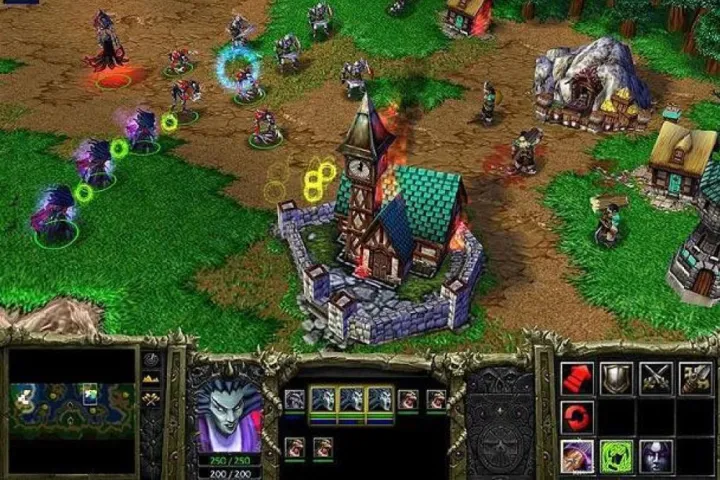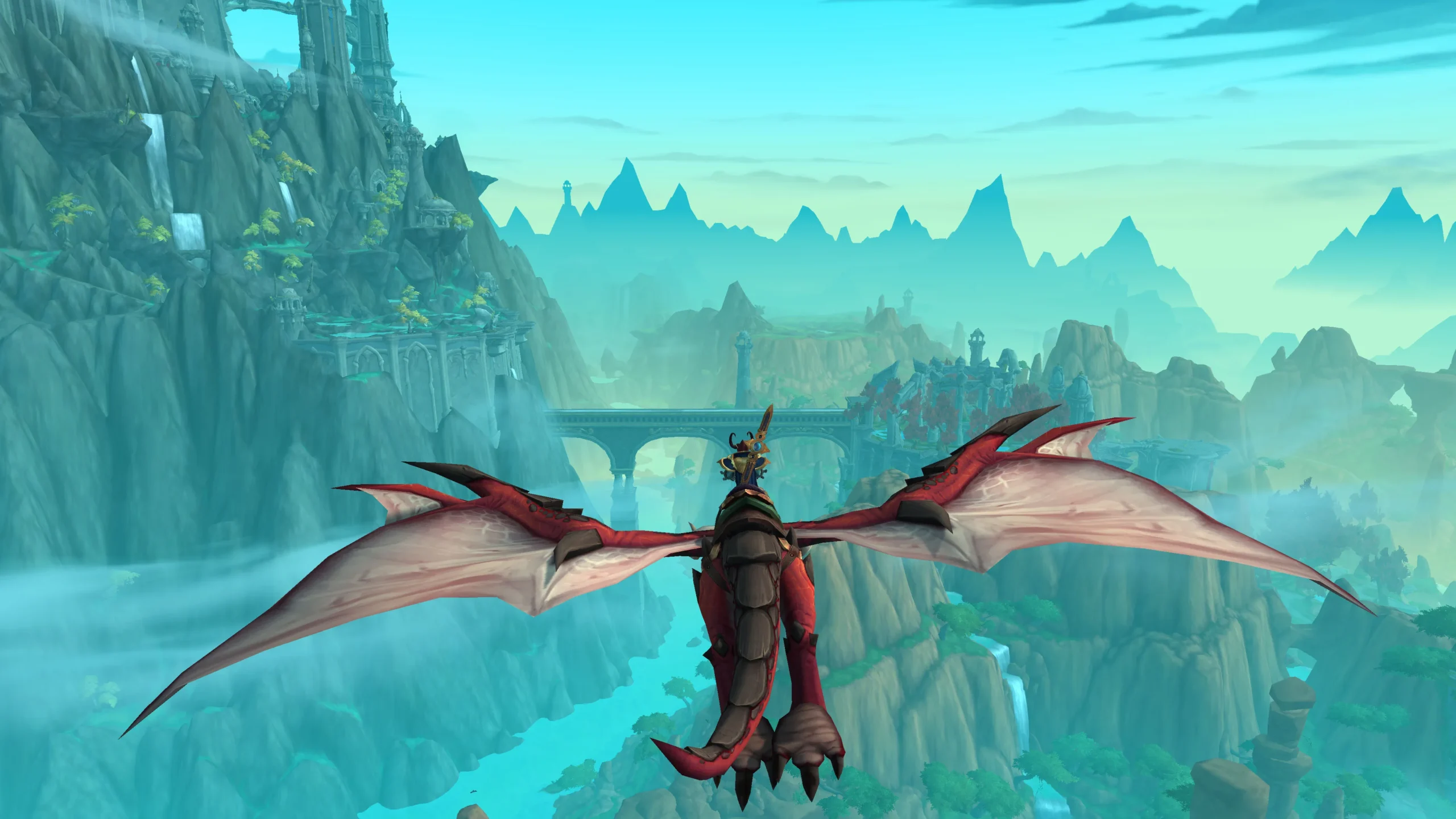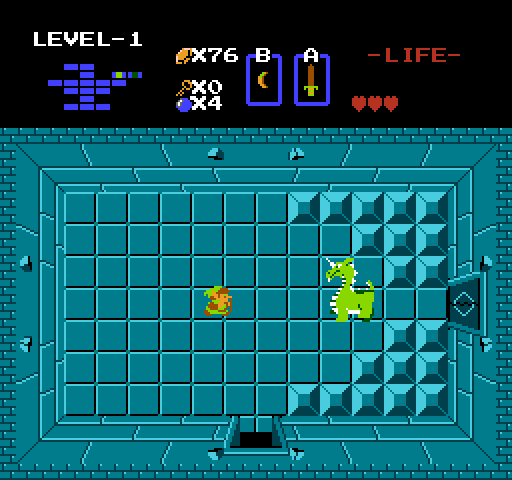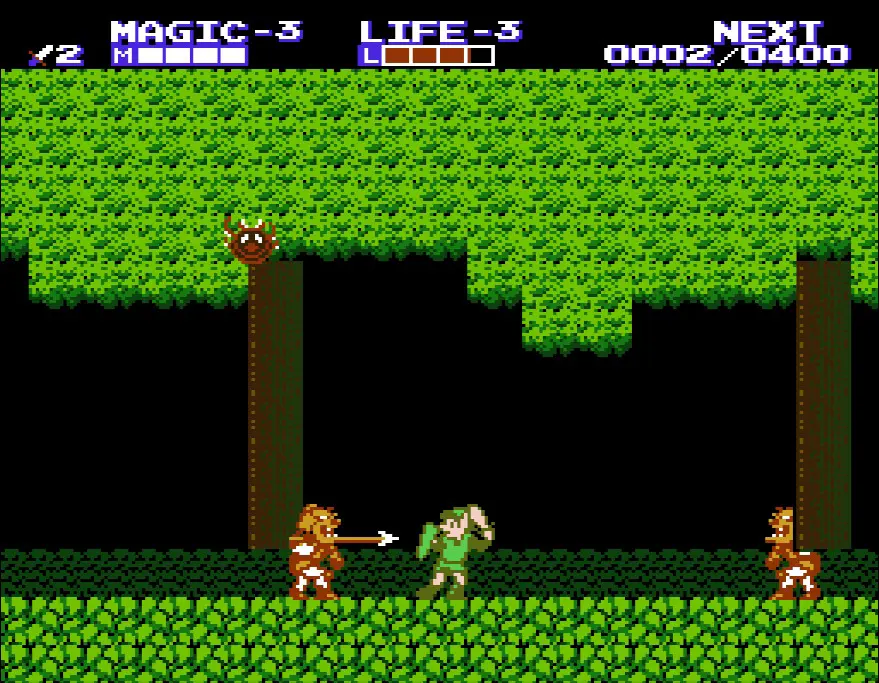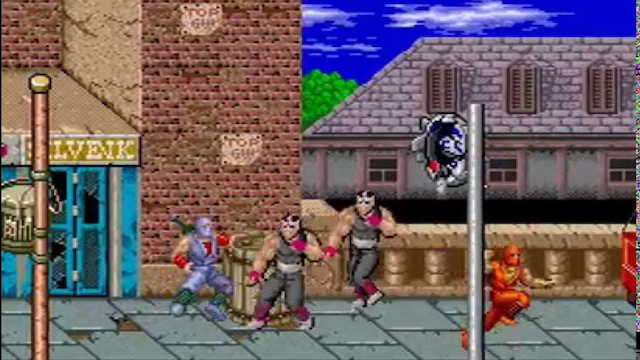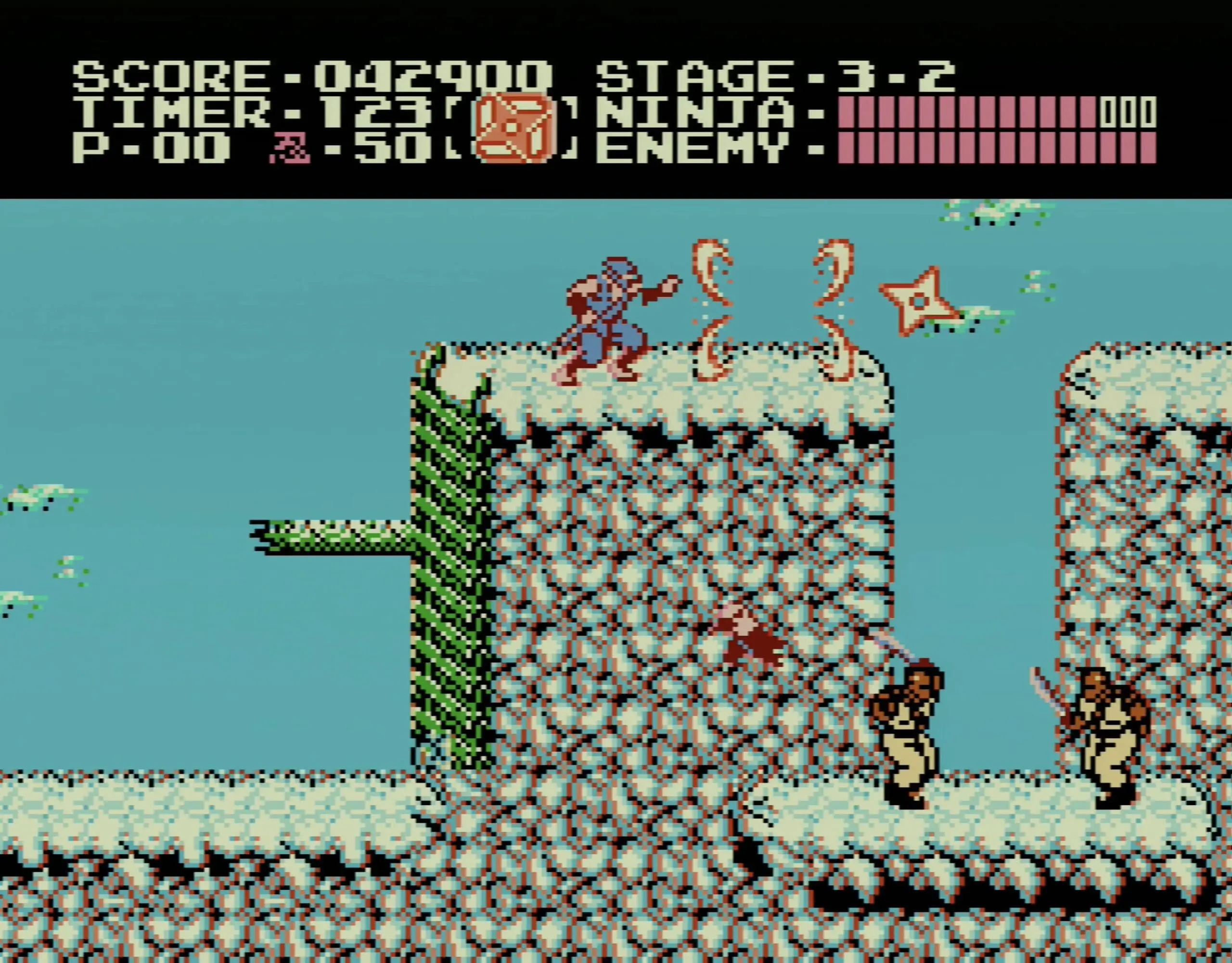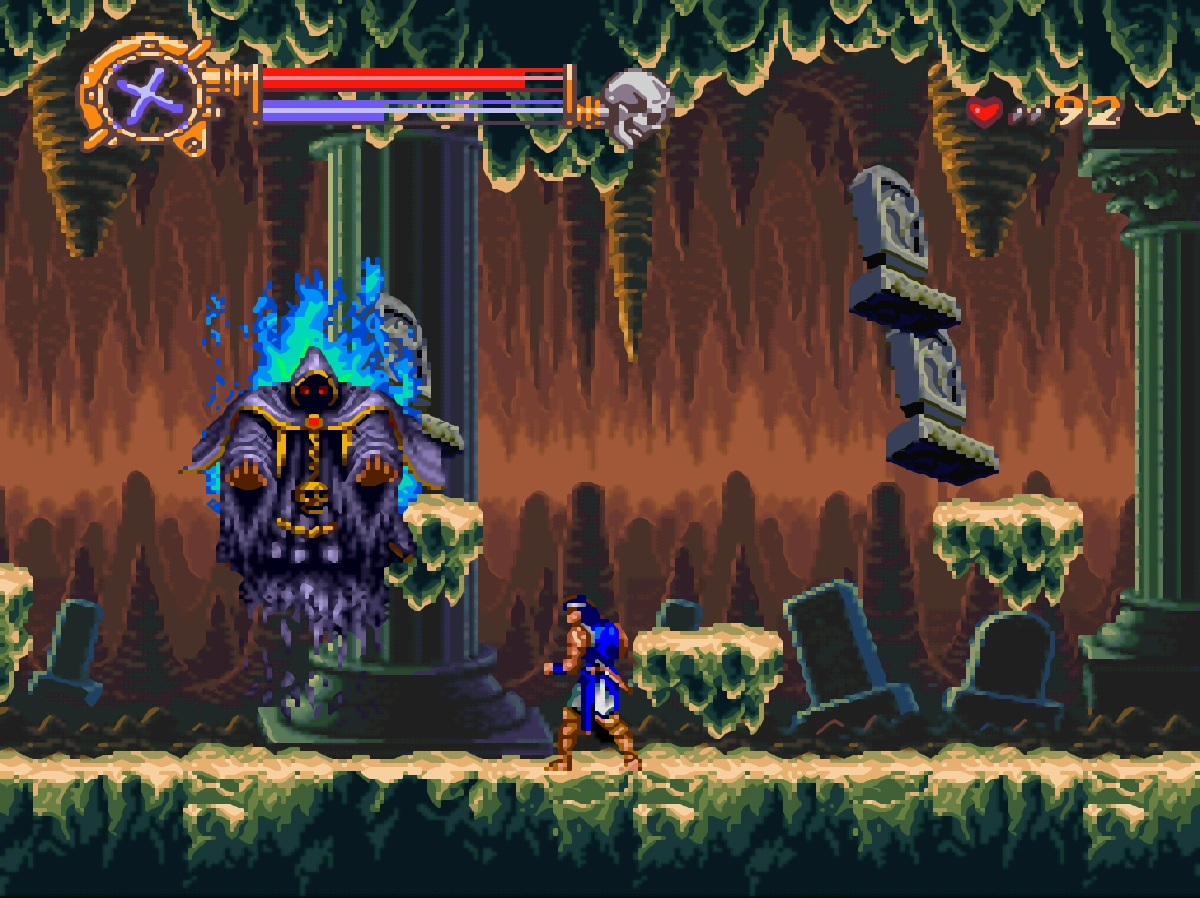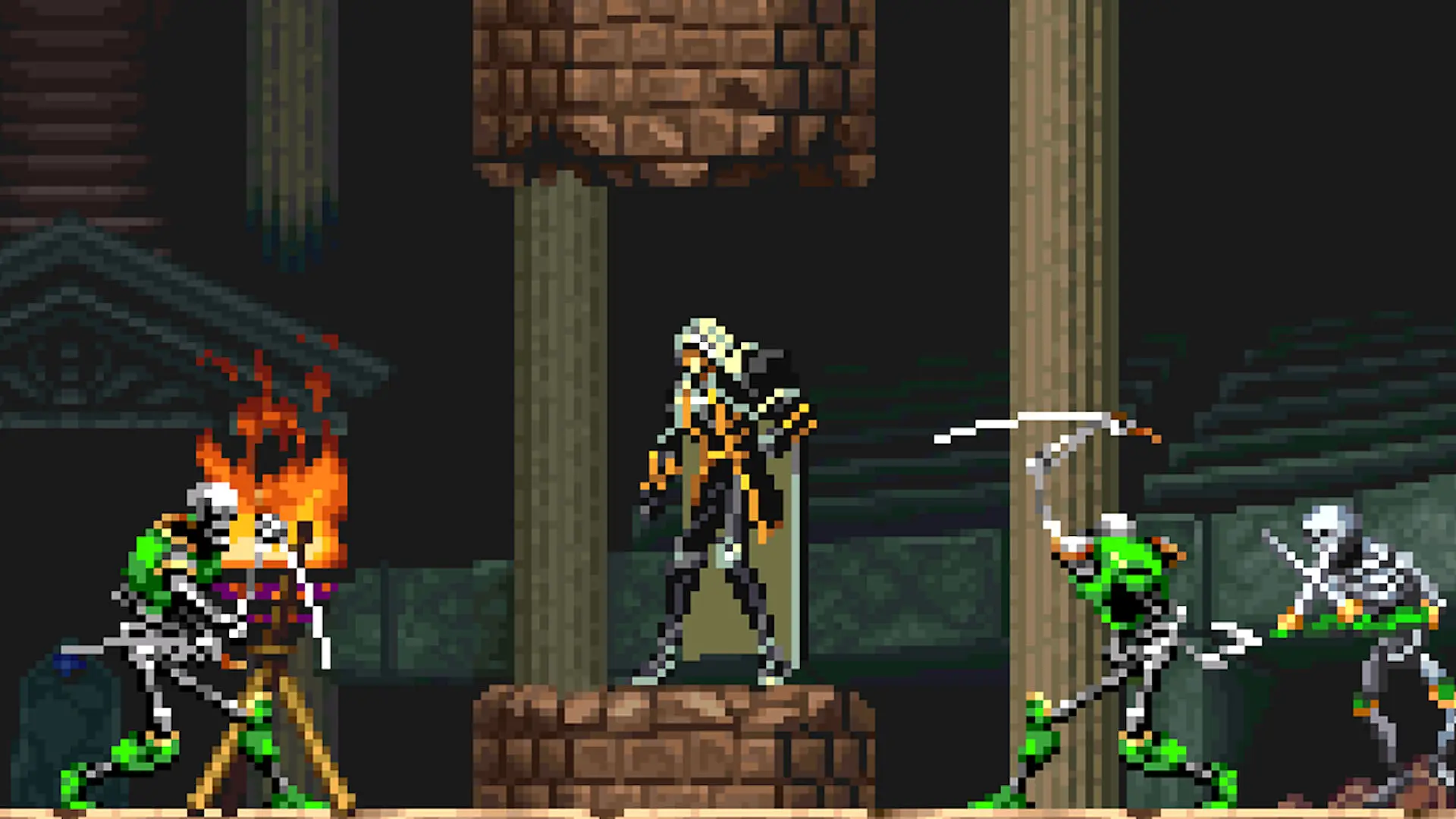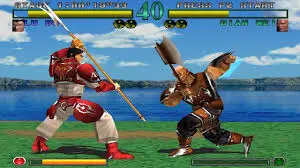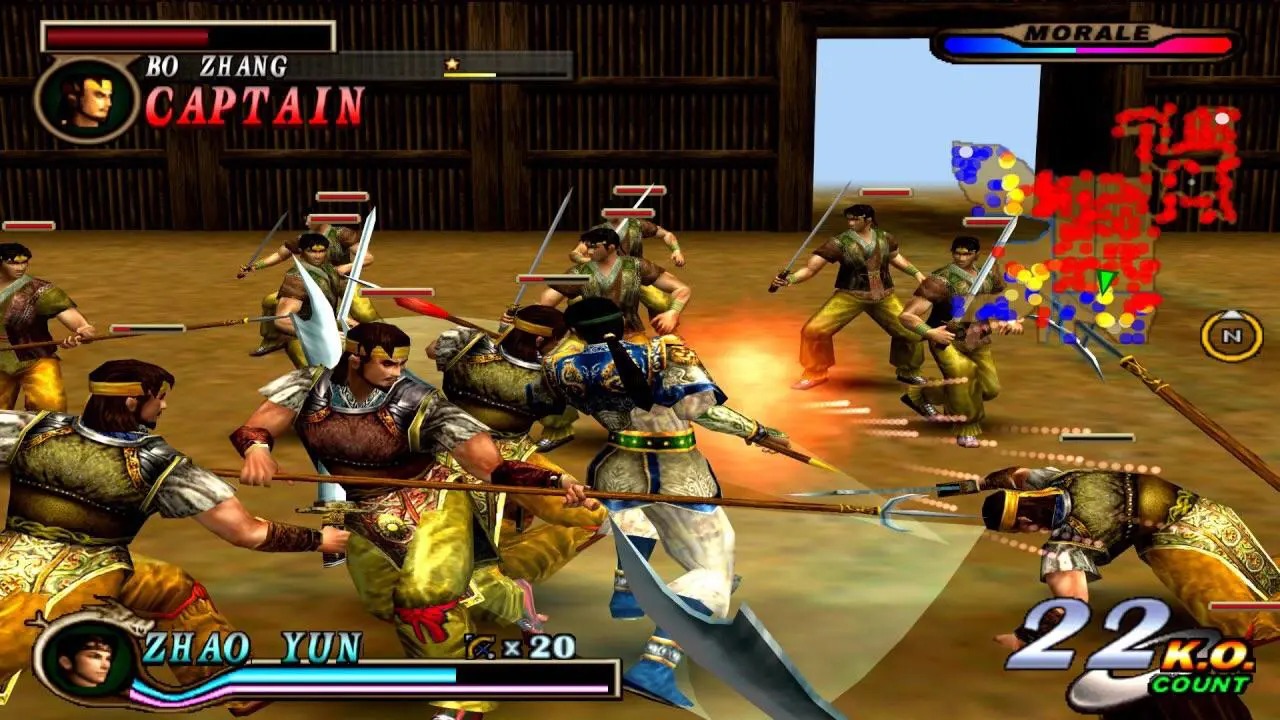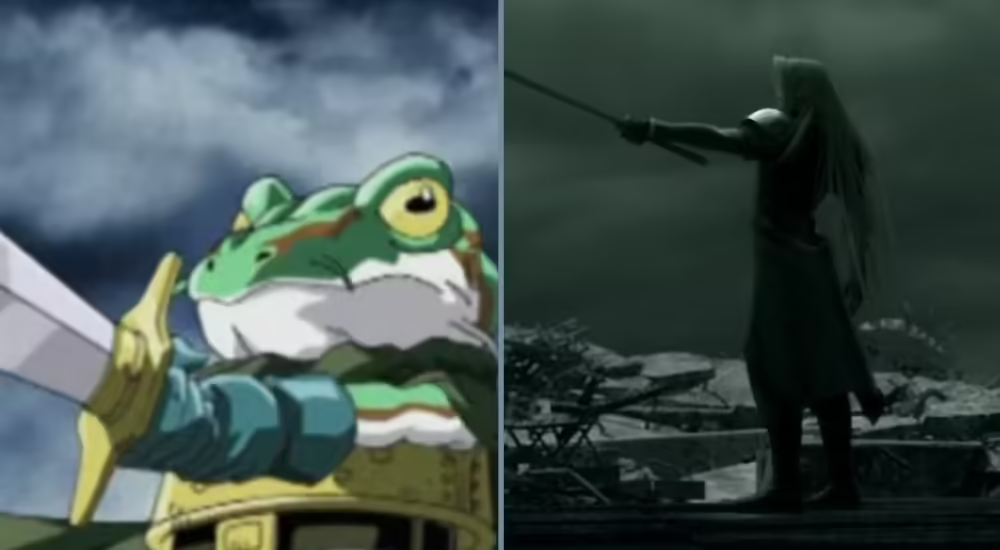Video games are always changing and bringing new ideas to the table. Game makers often test the limits with new features or big changes in sequels or spin-offs. The games that really mix things up can become fan favorites and win praise from critics. Let’s check out some big standouts.
Warcraft III to World of Warcraft
Blizzard Entertainment transformed the strategy game Warcraft III into the huge online world of World of Warcraft (WoW). WoW changed how we play games by creating a big world where millions of people play together. This change made the Warcraft story bigger and changed how online role-playing games are made.
Legend of Zelda to Zelda II: The Adventure of Link
Moving from the original Legend of Zelda to Zelda II: The Adventure of Link caused some debate among game series fans. The first game was a pioneer, with a large world to explore, puzzles, and action-adventure seen from above. Zelda II changed things up with side-scrolling action, a leveling system, and a travel map connecting different areas. This change got mixed reactions; some players liked the added depth, while others missed the simplicity of the first game. Nevertheless, Zelda II found its fans and is known for daring to be different in the Zelda series. Later games mostly went back to what made the first game great but also brought in fresh elements. Zelda II showed Nintendo‘s boldness to try new things, influencing future games to bring more innovations like 3D play and large open worlds.
Ninja Gaiden Arcade to Ninja Gaiden Nes
Ninja Gaiden‘s shift from arcade to NES was a game-changer. It became an action-packed platformer with tricky jumps and a story that kept players hooked, complete with movie-like scenes. On the NES, it brought in more complex play, different weapons, power-ups, hard jumps, and a password save option. The game was tough with gripping stories and smooth controls, making it a hit in the 8-bit world. This led to more games in the series on the NES and made Ninja Gaiden a key series for Tecmo. It got popular again in the 2000s. The NES game is known for being hard, having a good story, and blending the story into the game well, showing how updating a game for a new system can create a classic, loved gaming experience.
Castlevania: Dracula X to Castlevania: Symphony of the Night
Transitioning to Castlevania: Symphony of the Night on the PlayStation after Castlevania: Dracula X for Super Nintendo represented a pivotal shift in the franchise. Symphony of the Night introduced players to a vast, open-ended “Metroidvania” approach, seamlessly blending exploration with progressive unlocking of the game world as characters advanced in level. The introduction of RPG elements like character progression and equipment customization deepened the gameplay experience. Highlights of Symphony of the Night included its detailed pixel graphics, mesmerizing soundtrack, and a compelling narrative focusing on Alucard‘s quest to stop his father’s resurrection. This installment didn’t just transform Castlevania; it significantly influenced the gaming industry by setting a precedent for combining explorative and RPG mechanics. Though Dracula X maintains a reputation for its demanding play, Symphony of the Night is frequently lauded as one of the all-time greats, demonstrating the profound impact of innovation on both a series and the trajectory of game design.
Dynasty Warriors to Dynasty Warriors 2
Dynasty Warriors 2 marked a transformative shift for the series, moving away from traditional fighting game elements to embrace dynamic and high-velocity combat. Launched in 2000 on the PlayStation 2, this sequel introduced Musou Mode and delved into the grand narratives of the Three Kingdoms era. With expanded battlefields, enhanced combat systems, and richer historical storylines, Dynasty Warriors 2 revitalized the franchise and established the ‘Musou‘ action game genre. Its significant influence on the gaming world solidified the series as both beloved and impactful.
These examples demonstrate that, while risky, changing genres can breathe new life into a game series and expand its appeal. Each of these titles not only successfully navigated the challenges of genre transformation but also left an indelible mark on the gaming landscape, influencing countless other games and developers. This willingness to innovate and adapt is a testament to the creative spirit that drives the video game industry forward.


